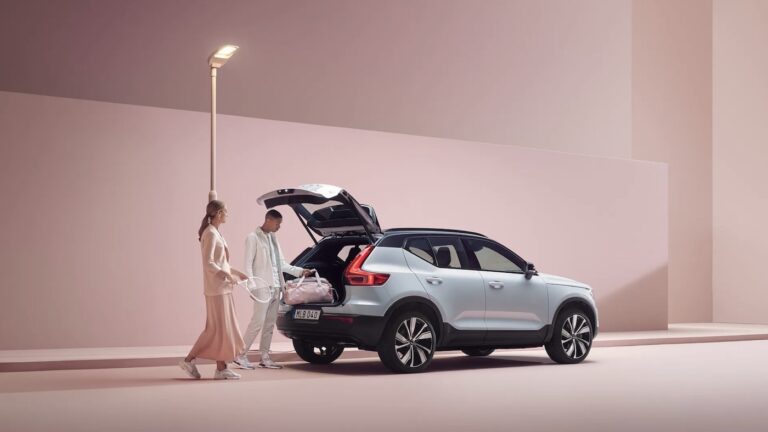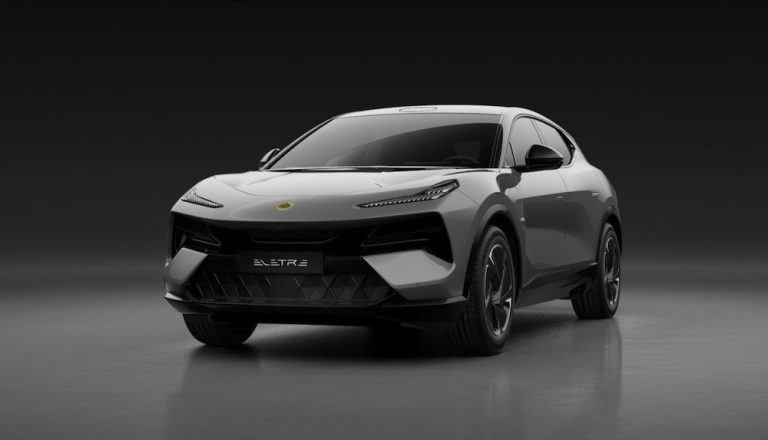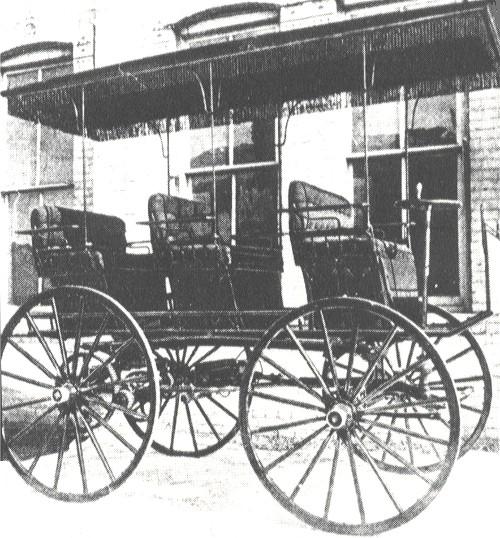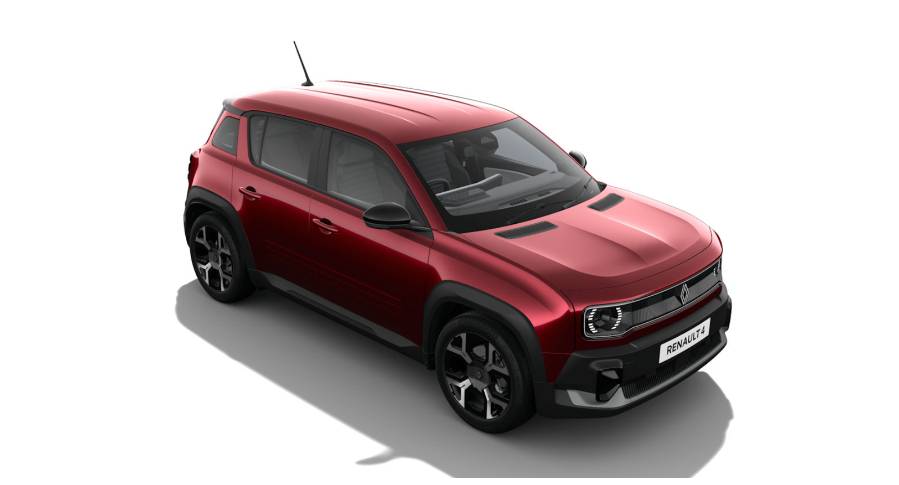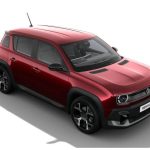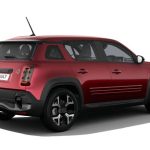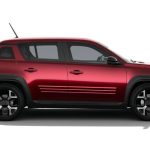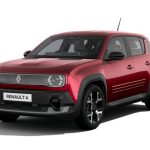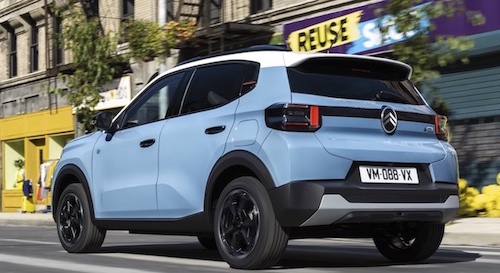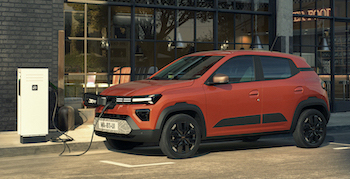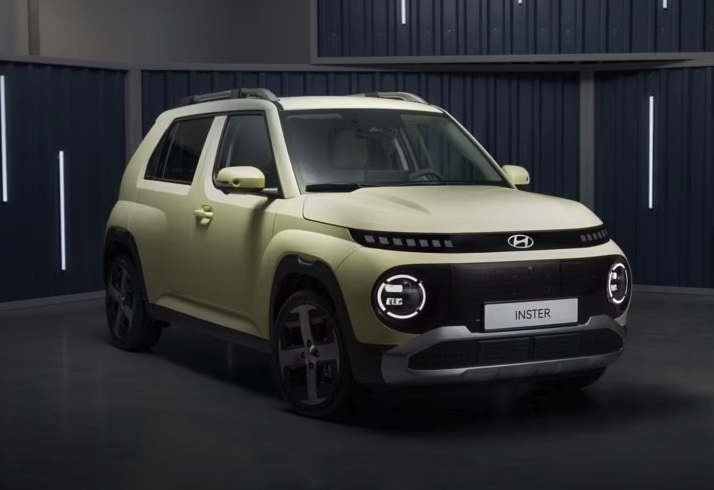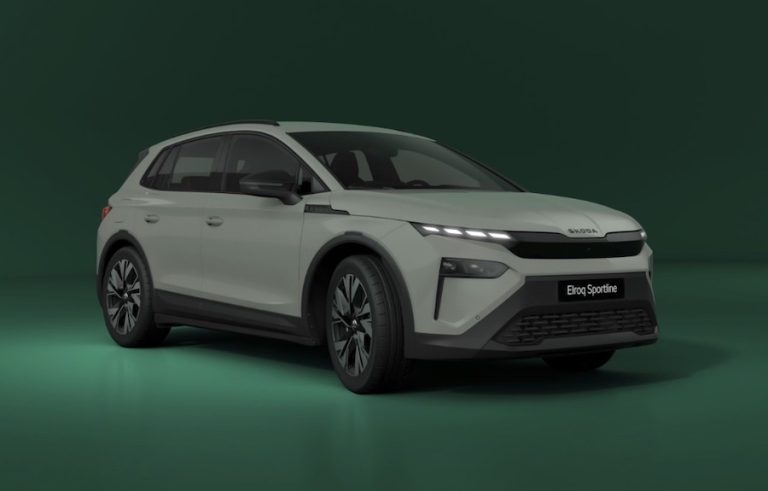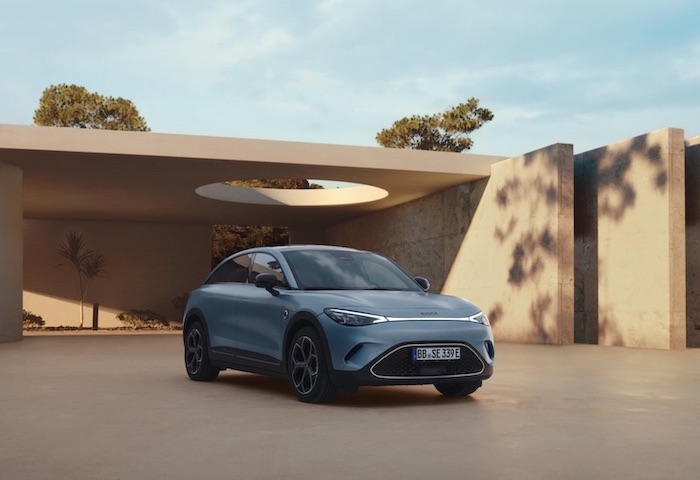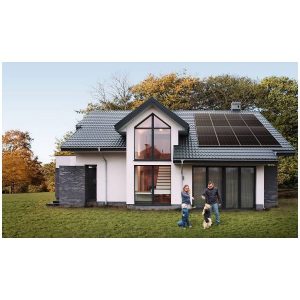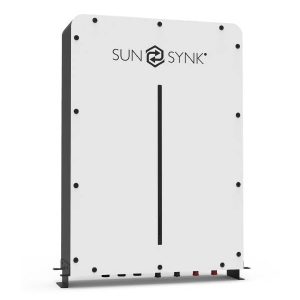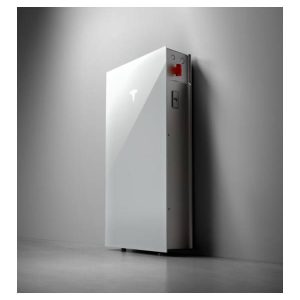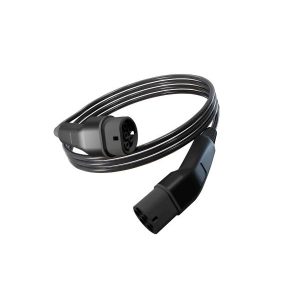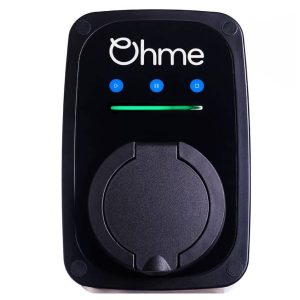Overview
Groupe Renault (Renault Group/ Renault S.A.), is a leading player in the global automotive sector. The company was established in 1899 and has over the course of its history, manufactured varied vehicles, to include: trucks, tractors, buses and even tanks! Renault has been part of the global Renault-Nissan-Mitsubishi Alliance since 1999 (previously, Renault-Nissan Alliance). The partnership makes the partnership the 3rd largest automotive group in the world after Volkswagen and Toyota.
Renault is headquartered in France and the French state owns a 15% stake in the company. The company manufacturers across a number of global locations, to include: Romania, Morocco, Türkiye, Spain, South Korea, Argentina and others! Renault has also been involved with motor sport, both, Formula 1 and Formula E. Renault offers both, battery-electric vehicles (BEVs), and plug-in hybrid electric vehicles (PHEVs) for passenger cars and commercial electric vehicles. The portfolio includes:
- All-electric Renault TWIZY (BEV)
- All-electric Renault ZOE E-TECH (BEV)
- All-electric Renault ZOE Van E-TECH (BEV)
- All-electric Renault Megane E-TECH (BEV)
- All-electric Renault Scenic E-TECH (BEV)
- All-electric Renault 4 E-TECH (BEV)
- All-electric Renault 5 E-TECH (BEV)
- All-electric Renault R5 TURBO 3E (BEV)
- All-electric Renault Kangoo E-TECH (BEV)
- All-electric Renault Master E-TECH (BEV)
- Renault Rafale E-Tech Plug-In Hybrid (PHEV)
- Renault Captur E-TECH Plug-In Hybrid (PHEV)
- Renault Megane E-TECH Plug-In Hybrid (PHEV)
- Renault Megane Sport Tourer E-TECH Plug-In Hybrid (PHEV)
Electric Cars: The Basics
For those of you new to zero-emission electric driving, we recommend a read of the following articles:
Sign up to the e-zoomed Electric Living newsletter
The All-Electric Renault 4 E-Tech SUV
The all-electric Renault 4 is another example of an automotive manufacturer (OEM) resurrecting a car model from the archives of automotive history for the new age of electric driving. Other examples are: the all-electric Renault 5, the all-electric Ford Capri, the all-electric ID. Buzz, the all-electric Fiat 500e and many more! We can expect this trend to continue as automotive manufacturers seek to leverage the brand cachet of previous best-selling car models to gain market leadership in the fast evolving electric car industry. The first-generation Renault 4 was launched in 1961. By 1966 a million front-wheel drive (FWD) Renault 4 hatchbacks had been manufactured. In fact, the Renault 4 was one of the first hatchbacks to be launched. In total, 8 million were built across four continents over a 33 year period. Production ended in 1994.
The all-electric Renault 4 has been positioned as a compact crossover SUV. A trend that continues to gain momentum as electric car manufacturers capitalise on the popularity of this segment. The EV was unveiled at the 2024 Paris Motor Show. In terms of dimensions, the five-door Renault 4 (B Segment) is 4.14m long and 1.57m tall (1.79m wide). The Renault 4 offers a 420 L boot (up to 1,405 with rear seats folded down). The boot also includes a 35 L underfloor area to store the EV charging cable. The electric tailgate is hands-free and can be opened with a foot gesture. The BEV does not have a frunk. The Renault 4 has been developed on the EV-native AmpR Small platform, also used by the all-electric Renault 5 (3.92m long and 1.49m tall). The Renault 4, which is larger than the Renault 5, shares 68% of its components with the Renault 5.
In comparison, the all-electric Hyundai INSTER is 3.82m long and 1.57m tall (1.61m wide). The INSTER offers a 238 L boot. And the all-electric Citroën ë-C3 is 4.01m long and 1.57m tall (1.81m wide). The ë-C3 has 310 L boot (up to 1,188 L with rear seats folded down). We are e-zoomed encourage drivers to opt for smaller cars, in particular, zero-tailpipe emission electric cars. Best choice for improving local air quality and lowering your impact on the environment. The smaller the vehicle, the lower the life-cycle emissions from the vehicle! In general, battery-electric vehicles (BEVs) reduce life-cycle emissions by up to 70% compared to internal combustion engine (ICE) petrol and diesel cars!
The five-seat Renault 5 offers practical interior space (legroom and headroom), along with practical internal storage (23.3 L). Having said that, for longer drivers, 3 adults seated on the rear seats would be a squeeze. Renault offers a number of colour and design options to further personalise the interior, to include a baguette holder. Now, that’s French! The EV is available in two roof options: an electric ‘plein sud’ canvas roof or a fixed roof with roof bars. We like them both!
The sunroof can be opened via a one touch button or voice command. The canvas opens up to 92cm. As is now the trend with manufacturers, both circularity and recycling are a core part of development. 26.4% of the materials are from the circular economy, seat fabric is made from 100% recycled fibres and at the end of the vehicle life, the Renault 4 has a 88.6% overall recyclability. The family electric car is assembled at the Renault Maubeuge factory in France.
The Renault 4 BEV is available in one EV battery size: 52 kWh (297 kg / 400V). According to Renault, the EV has an electric range up to 247 miles (WLTP) on a full charge. Even adjusting for real-world driving conditions, the EV should be able to deliver up to 215 miles. A number of factors impact e-range, to include: driving style, speed, road surface, vehicle weight, weather, temperature, terrain, tyre size, regenerative braking profile and more! In comparison, the Hyundai INSTER (49 kWh battery) offers up to 229 miles (WLTP) and the Citroën ë-C3 (44 kWh battery) up to 198 miles (WLTP).
It is interesting to note that many EV owners are now reporting a real-world electric range the same as the published WLTP range. This is certainly good to note as it demonstrates that manufacturers continue to make progress on increasing efficiency of the electric vehicle and improvements in battery performance. In any case, the Renault 4 offers ample practical e-range, further enhanced by an onboard heat pump (as standard). A heat pump increases the efficiency of the EV i.e. reduces energy consumption and increases the electric range. The manufacturer claims an electricity consumption between 15.6 – 15.9 kWh/100km.
The Renault 4 e-SUV incorporates a 11 kW AC (three-phase) onboard AC charger as standard. As most homes in the UK are powered by single-phase AC power supply, EV charging will be limited to 7.4 kW AC (single-phase). For those with access to three-phase (11kW AC) EV charging (home, workplace or public charging), the 52 kWh EV battery can be charged 15%-80% in 3 hrs 13 mins. Single-phase EV charging will take longer (15%-80%: 5 hrs 11 mins). The EV incorporates a 100 kW DC rapid charging as standard: 15%-80%: 30 minutes. Not class-leading, but adequate, given the size of the EV battery.
We at e-zoomed encourage using a dedicated smart solar compatible EV charger for home charging. e-zoomed offers a wide range of high quality residential EV chargers (supply and installation). We at e-zoomed also encourage EV owners to install on-site (home or business) solar PV and battery storage. It is a fantastic way to leverage the potential for lower cost of ownership of an electric car, and also achieve ‘well-to-wheel’ zero-tailpipe emissions. We at e-zoomed offer a number of fantastic solar PV and battery storage bundle offers!
Bi-directional EV charging (Vehicle-to-load (V2L)) is standard on all variants. V2L charging is a bidirectional functionality allowing an electric vehicle (EV) to use its onboard high-voltage EV battery to charge or power devices/ appliances. It is also sometimes referred to as Vehicle-to-Device (V2D). Depending on the type of device/ appliance that needs to be charged or operated, V2L can be used while the EV is moving or parked. As an example, a laptop can be charged or used when an EV is parked or moving, while a lawn mower can only be charged or used when the EV is parked. You can buy V2L cables via e-zoomed.
In terms of safety features and driving aids, the BEV offers up to 26 advance driving-assistance systems. Some of these include: reversing camera, lane keeping assist, lane departure warning, safe following distance warning, driver attention alert, hill start assist, automatic urban and inter-urban emergency braking (with detection of cars, pedestrians and cyclists), traffic sign recognition with speed alert, cruise control and speed limiter, hands-free parking, blind spot warning and more. The EV has been awarded a four-star Euro NCAP Safety Rating. Other technology/ equipment on offer, includes: 7″-10″ driver display, openR link 10″, wireless smartphone charging (compatible with Apple CarPlay and Android Auto) and more. The EV also features ‘reno’, the official Renault avatar to assist the EV owner get the most from the BEV!
In terms of exterior styling, Renault has tried to capture the retro look, albeit with a modern twist. The company calls it a ‘retro-futuristic reinvention’. An example is the single-piece illuminated front grille which has been inspired by the original Renault 4. It sports an illuminated logo for the first time. The rear lights also have been inspired by the original hatchback’s three-part lights. Also available are: single-tone, two-tone black roof paint and black bonnet. The manufacturer offers a number of customisable options for the exterior. The EV is available in 6 colours. Our favourite is the cumulus blue!
The Renault 4 is only available as a front-wheel drive (FWD), with a single-motor powertrain i.e. the electric motor drives the front wheels. The electric car can achieve 0-62 mph in 8.2 seconds (maximum power: 150 HP/ torque: 290 Nm). The EV incorporates one-pedal driving (not standard on all variants) and 4 levels of regenerative braking. Regen can be adjusted via the paddles on the steering wheel. The EV also offers battery temperature preconditioning, but again, not standard on all variants. For the driver there is good all-round visibility, to include the rear-view.
Company-car drivers can take advantage of the lower Benefit-in-Kind (BiK) tax rate for pure electric cars. Bottom-line, electric driving is good for the environment and the wallet. You can lease electric vehicles (EVs), to include, Salary Sacrifice, via e-zoomed at very competitive prices!
| PROS | CONS |
|---|---|
| Value for money | DC charging limited to 100 kW DC |
| 11 KW AC onboard charger as standard | No frunk |
| Heat pump as standard | NCAP Rating four-star |
The All-Electric Renault 4 E-Tech SUV (credit: Renault)
| At A Glance | |
|---|---|
| EV Type: | Battery-Electric Vehicle (BEV) |
| Body Type: | SUV |
| Plug-In Car Grant (PiCG): | Not Available |
| Engine: | Electric |
| Available In UK: | Yes |
| Variants (3 Options) |
|---|
| Renault 4 E-Tech evolution (from £25,495) |
| Renault 4 E-Tech techno (from £27,495) |
| Renault 4 E-Tech iconic (from £29,495) |
| EV Battery & Emissions | |
|---|---|
| EV Battery Type: | Lithium-ion |
| EV Battery Capacity: | Available in one battery size: 52 kWh (297 kg / 400V) |
| Charging: | 100 kW DC Rapid Charging (15%-80%: 30 mins). Onboard AC charger: 11 kW AC (15%-80%: 3 hrs 13 mins)/ 7.4 kW AC (15%-80%: 5 hrs 11 mins) |
| Charge Port: | Type 2 |
| EV Cable Type: | Type 2 |
| Tailpipe Emissions: | 0g (CO2/km) |
| EV Battery Warranty: | 8 years or 100,000 miles |
| Average Cost Of Residential Charging | |
|---|---|
| Battery net capacity : 16.7 kWh | £2.40 |
| Battery net capacity : 30.0 kWh | £4.32 |
| Battery net capacity : 39.2 kWh | £5.64 |
| Battery net capacity : 45.0 kWh | £6.48 |
| Battery net capacity : 50.0 kWh | £7.20 |
| Battery net capacity : 64.0 kWh | £9.22 |
| Battery net capacity : 71.0 kWh | £10.22 |
| Battery net capacity : 77.0 kWh | £11.09 |
| Battery net capacity : 90.0 kWh | £12.96 |
| Battery net capacity : 100.0 kWh | £14.40 |
- Note 1: The average cost of residential electricity in the UK varies depending on the region, supplier and type of energy used. An average for the UK is 14.40 p/kWh.
- Note 2: Not all EV manufactures make available the data on net EV battery capacity, and in a number of instances the EV battery capacity advertised, does not state if it is gross or net capacity. In general, usable EV battery capacity is between 85% to 95% of the gross available capacity.
| Charging Times (Overview) | |
|---|---|
| Slow charging AC (3 kW – 3.6 kW): | 6 – 12 hours (dependent on size of EV battery & SOC) |
| Fast charging AC (7 kW – 22 kW): | 3 – 8 hours (dependent on size of EV battery & SoC) |
| Rapid charging AC (43 kW): | 0-80%: 20 mins to 60 mins (dependent on size of EV battery & SoC) |
| Rapid charging DC (50 kW+): | 0-80%: 20 mins to 60 mins (dependent on size of EV battery & SoC) |
| Ultra rapid charging DC (150 kW+): | 0-80% : 20 mins to 40 mins (dependent on size of EV battery & SoC) |
| Tesla Supercharger (120 kW – 250 kW): | 0-80%: up to 25 mins (dependent on size of EV battery & SoC) |
- Note 1: SoC: state of charge
| Dimensions | |
|---|---|
| Height (mm): | 1552 – 1572 |
| Width (mm): | 1796 |
| Length (mm): | 4143 |
| Wheelbase (mm): | 2624 |
| Turning Circle (m): | 10.8 |
| Boot Space (L): | 420 (rear seats folded down: 1,405 L) |
| Frunk (L): | N/A |
| EV52 150hp | |
|---|---|
| EV Battery Capacity: | 52 kWh |
| Pure Electric Range (WLTP): | 247 miles |
| Electric Energy Consumption (kWh/ 100km): | 15.6 – 15.9 |
| Charging: | 100 kW DC Rapid Charging (15%-80%: 30 mins). Onboard AC charger: 11 kW AC (15%-80%: 3 hrs 13 mins)/ 7.4 kW AC (15%-80%: 5 hrs 11 mins) |
| Top Speed: | 93 mph |
| 0-62 mph: | 8.2 seconds |
| Drive: | Front-wheel drive (FWD) |
| Electric Motor (kW): | 110 |
| Max Power (hp): | 150 |
| Torque (Nm): | 245 |
| Transmission: | Automatic |
| Seats: | 5 |
| Doors: | 5 |
| Gross Weight (kg): | 1,462/1,521 |
| Towing Capacity (Braked/Unbraked)/ (kg): | 750/ 750 |
| Colours: | 6 |
| Euro NCAP Safety Rating: | 4/5 |
| Insurance: | N/A |
While e-zoomed uses reasonable efforts to provide accurate and up-to-date information, some of the information provided is gathered from third parties and has not been independently verified by e-zoomed. While the information from the third party sources is believed to be reliable, no warranty, express or implied, is made by e-zoomed regarding the accuracy, adequacy, completeness, legality, reliability or usefulness of any information. This disclaimer applies to both isolated and aggregate uses of this information.
Featured Articles
Featured Products
The post The All-Electric Renault 4 E-Tech (SUV): The Complete Guide For The UK appeared first on Ezoomed.
